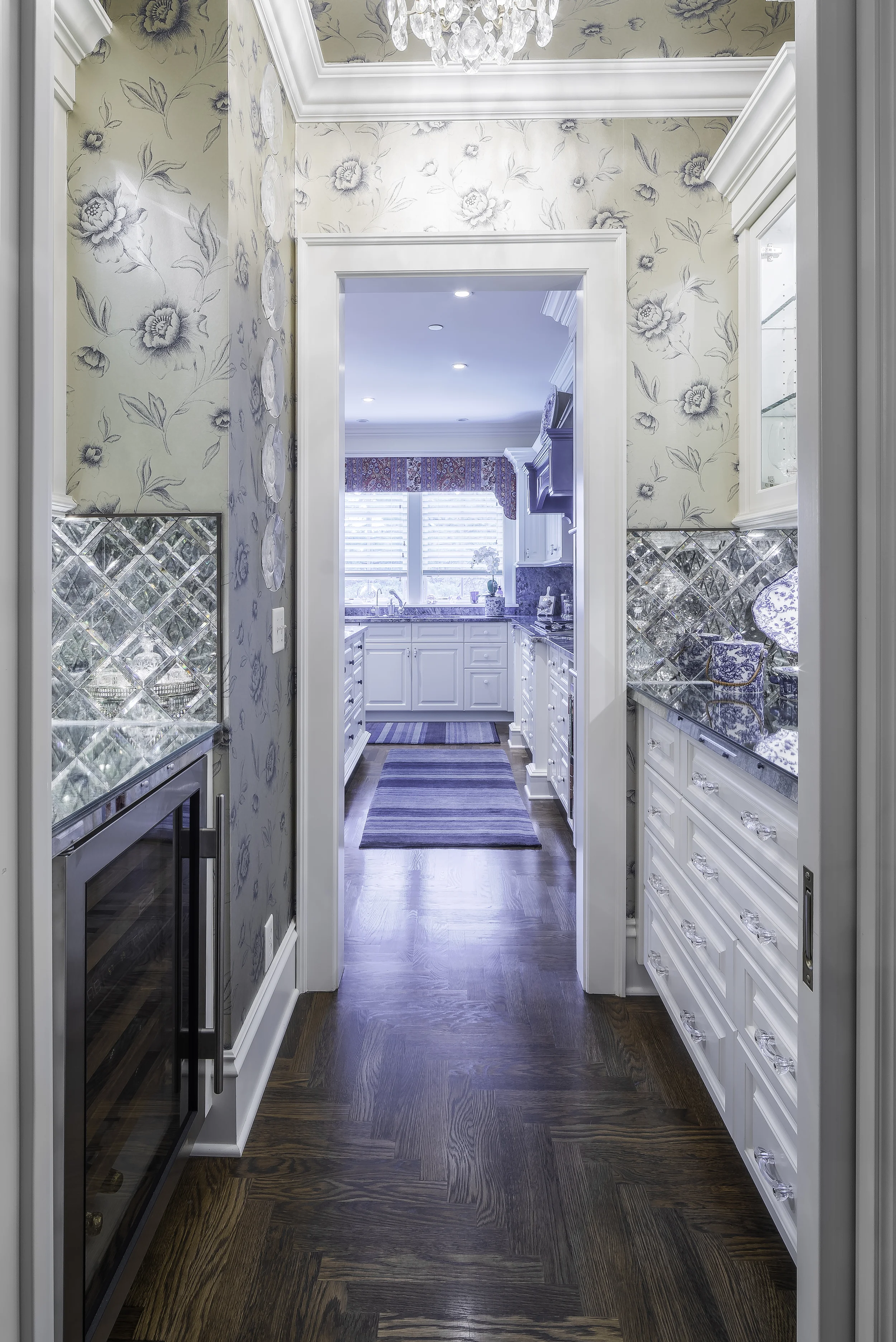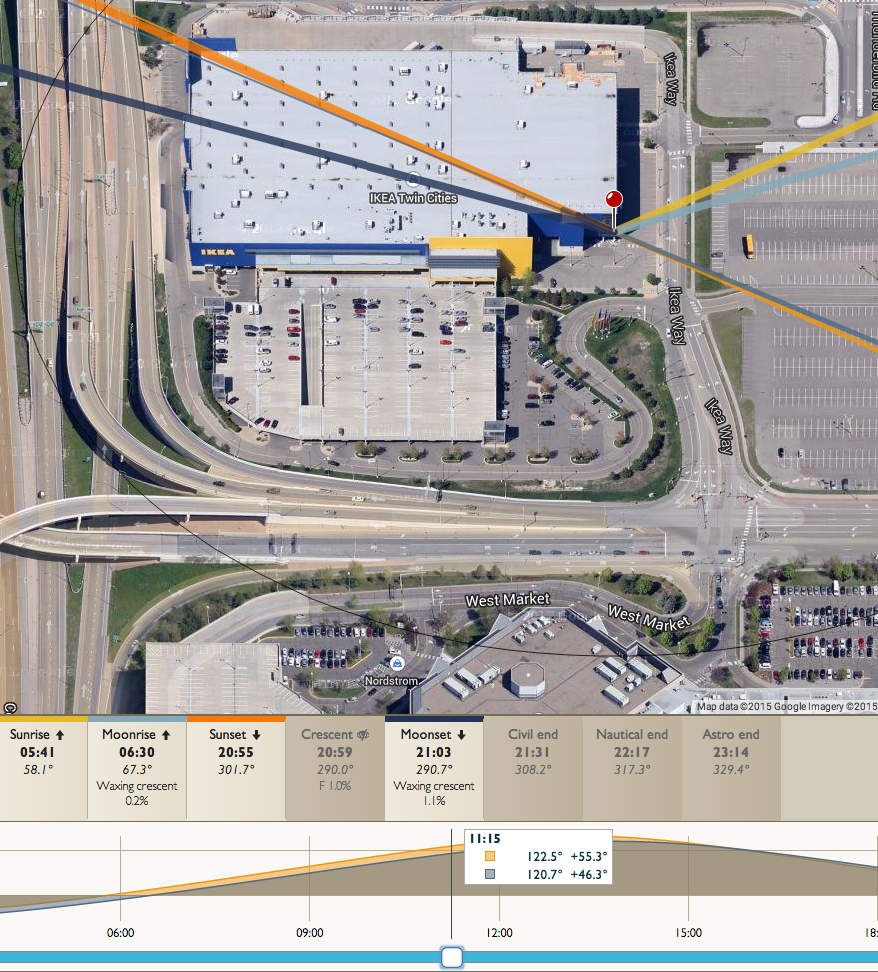As photographers we study and shape light to create art. Although we can sometimes create our own light, we are more often than not working only with the natural light that we are given from the sun. Light has many varying qualities but today lets take a deeper look into the importance of light direction and more specifically a tool that's helped me plan where the sun will be at any given moment for any given location.
Why is it so important?
Backlighting has an extremely different effect than front or edge lighting for example. Since we cannot control the sun as our primary light we must simply be intentional about the time that we shoot. Carefully selecting the time of day that we shoot is all we can do to determine the relative location of the sun to our subject.
As an architectural photographer I am always thinking about when light will begin to spill through certain windows. When you shoot a room at the wrong time of day you can have strong glare on a wood floor or harsh shadows on walls. The Photographer's Ephemeris allows you to not only locate the sun's position at any future time but also see the exact angle of light it will be casting. This way you can predict exactly when light will be beaming through your windows.
This is also extremely beneficial for portrait photographers as you can clearly see not only your golden hour timeframe but also the exact direction of the sun. The Photographer's Ephemeris uses google maps so that you can look up any potential shoot location and scout for wonderful backlighting opportunities around golden hour.
How does it work?
You can see the desktop browser interface above. At the top you can select your date on the left and location on the right. You have the power of google maps to pull up any specific structure to see when the sun will make its way around a building for example. The yellow lines symbolize the angle of the sun at given times and the blue lines the moon. Below the map you will see your sunrise and sunset times for the given date. To change the time of day simply drag the blue slider left or right and watch as both the sun and moon's angles are updated.
Let's say for example that I was planning a shoot for the front of the Twin Cities Ikea in July 2015. I can instantly see that the sunrise will not be giving me direct sunlight on the front of the building. But when should I be good to go?
After dragging the blue slider it has become quite apparent that I would be best off starting around 11 or 11:30AM and no later than 3:30 or 4PM for the most direct sunlight on the building. I have applied this technique many times with residential shoots and simply zoomed in further with google maps.
Alternative Options
Although there are a variety of sun tracking apps available (such as Sun Seeker: Apple | Android) I've found the Photographer's Ephemeris to be the most useful and user friendly for my needs. It is available for Apple, Android, and actually free for desktop users. I've found it simple enough to use on my laptop when planning before a shoot.
Some other apps offer augmented reality by using both the device's gyroscope and GPS while you point your device. For my needs the Photographer's Ephemeris seems to be the simplest way to calculate the angle of the sun and I don't personally need the fancy features.
Regarding cost, the apps are all very similar in price typically ranging from $5 - $10. However, as I mentioned before the Photographer's Ephemeris is free for desktop users who have access to a web browser. Try it for yourself!





